Situated along the picturesque Silver Coast of Portugal (Costa de Prata), the town of Nazaré is renowned not just for its scenic beauty and charming atmosphere, but also for a natural spectacle that draws extreme thrill-seekers and surfing enthusiasts from across the globe – the biggest waves in the world!
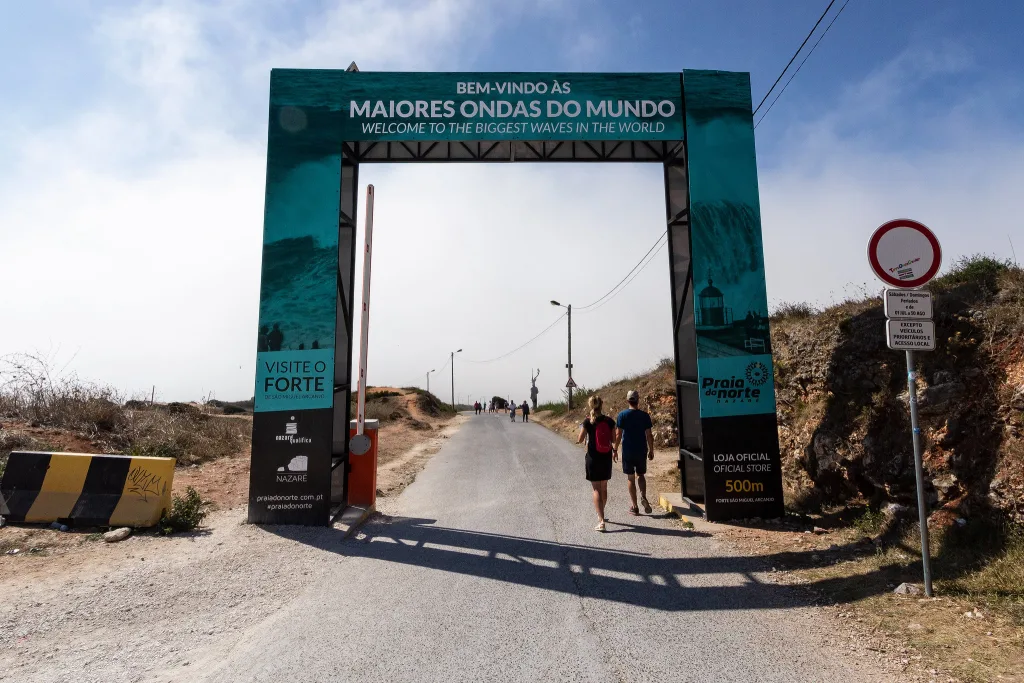
For years, Nazaré has been a pilgrimage site for surfers seeking the ultimate challenge. What makes this seaside town unique is the formation of an underwater canyon. The gigantic waves owe their impressive height to a combination of factors – the depth of the canyon, the shape of the ocean floor, and the convergence of various ocean currents. Only here, in this singular spot on Earth, do these colossal waves form, reaching heights of over 30 meters!
This unique spectacle is best observed from Praia do Norte, from the nearby cliffs, and the now-iconic lighthouse, which you can visit. Inside, there's a collection of photos showcasing daredevils who successfully rode these giants, setting new records, but it also honors those whose luck ran short...
So far, we hadn't had the chance to witness the giant waves, so during our next trip to the north, we definitely need to visit Nazaré again...
I remember taking lots of photos, but unfortunately... they were lost on a broken disk. ... 🧐 As for the lighthouse, only two survived, and that's enough for me 😄 ... 🥬👶🏻🥗 :)
The legend of the deer of Nazare...
Nazaré owes its name to a statue of the Virgin Mary, which, according to legend, was brought from Nazareth by a Greek monk to the Cauliniana monastery in Spain in the 4th century. In the 8th century, King Rodrigo, the last Visigothic ruler on the Iberian Peninsula, sought refuge in this monastery after losing the battle against the Moors at Guadalete. Fearing an invasion, he took the statue of Mary, a chest containing relics of St. Blaise and St. Bartholomew, along with other monastic treasures, and hid them in a cave on the cape of Sítio, near which he set up his hermitage.
🦌🦌🦌🦌🦌🦌🦌🦌🦌🦌🦌🦌
Legenda głosi, że pewnego mglistego poranka 1182 roku, hrabia z Porto de Mós, D. Fuas Roupinho, podczas polowania ścigał pięknego jelenia, który nagle zniknął na skraju klifu. Świadomy, zbliżającego się zagrożenia, galopując na rozpędzonym ku przepaści koniu, szlachcic zawołał o opiekę Matki Boskiej z Nazaretu, i natychmiast koń zatrzymał się na wiszącym nad przepaścią kamieniu, nazwanym “Wierzchołkiem Cudu”.
Thanks to this, both the knight and his horse avoided certain death from a fall down the 100-meter cliffside...D. Fuas dismounted his horse and went to the cave to give thanks for the miracle. Shortly after, he ordered stones to be brought in to construct a chapel commemorating the event. Inside the cave, among the stones, a chest was discovered containing the bones of St. Blaise and St. Bartholomew, along with a parchment describing the history of the statue of the Blessed Virgin Mary of Nazareth.
Legenda ta stanowi integralną część historii Nazaré i jest nadal często wspominana oraz celebrowana w regionie. Obecnie posąg można ogladać w kościele Matki Boskiej w Nazare, wybudowanym w miejscu wydarzenia się “cudu”…
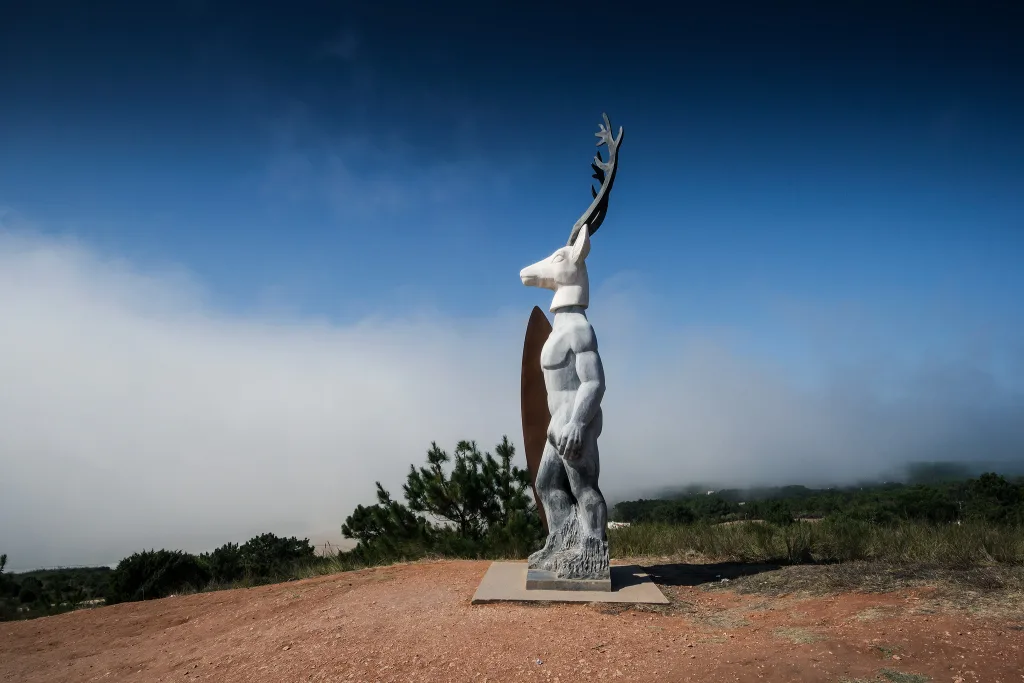
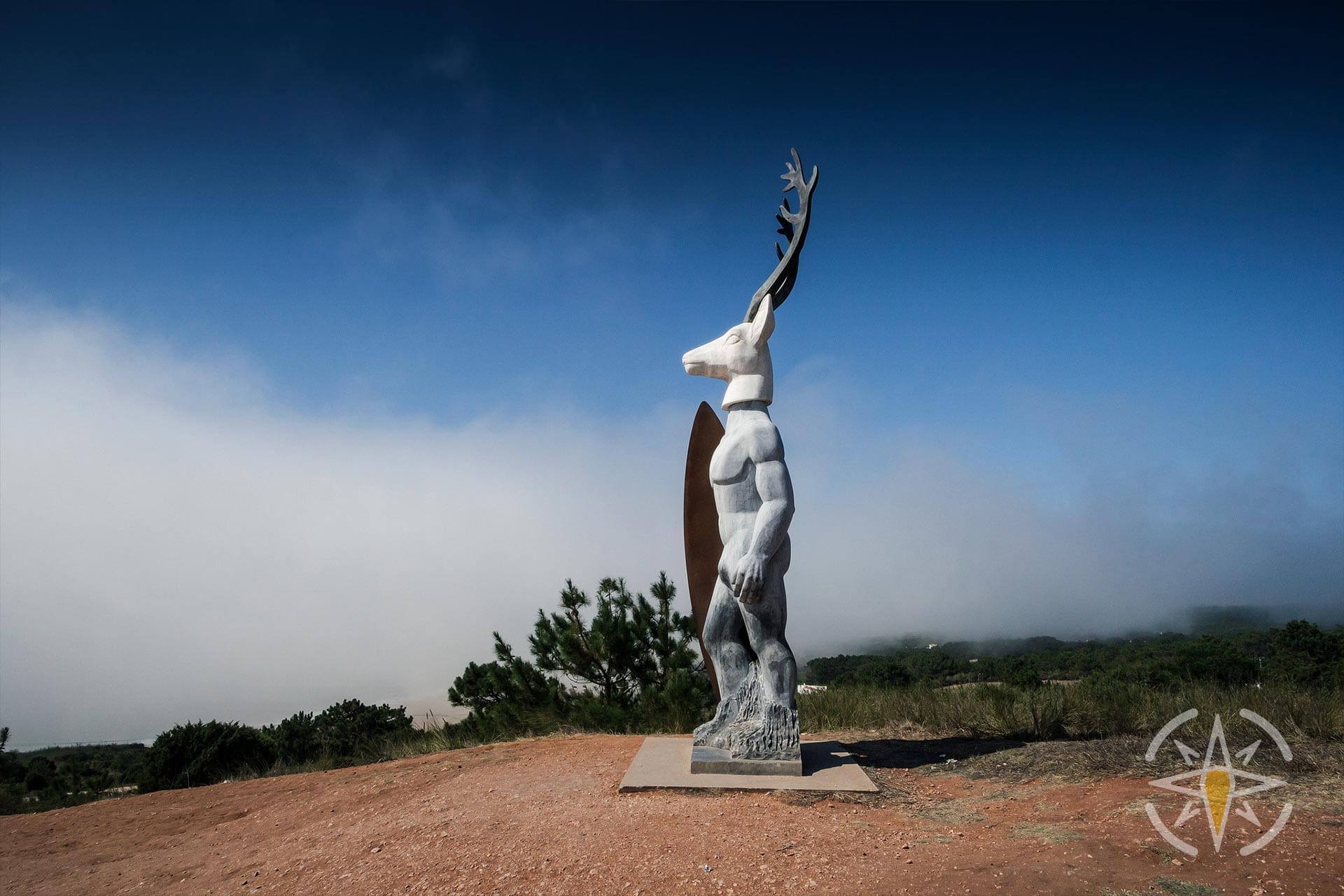




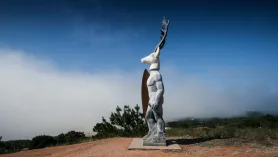
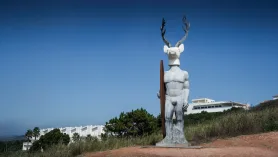
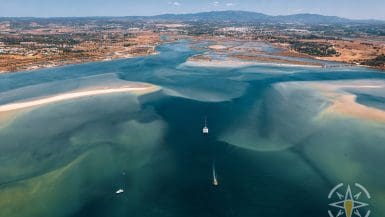
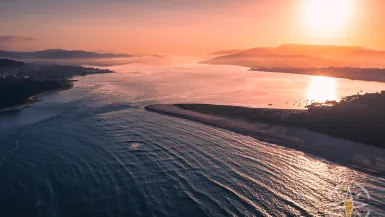
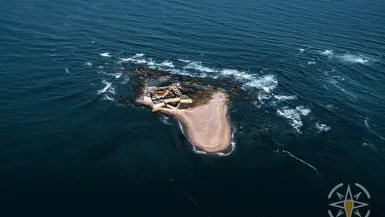
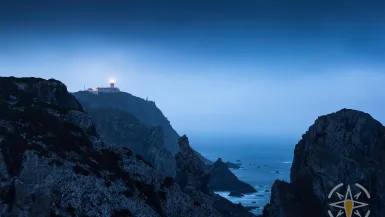
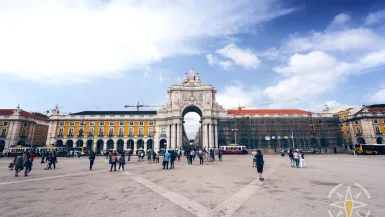
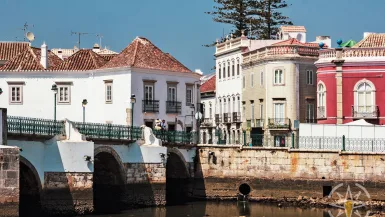
Leave a comment, ask a question...